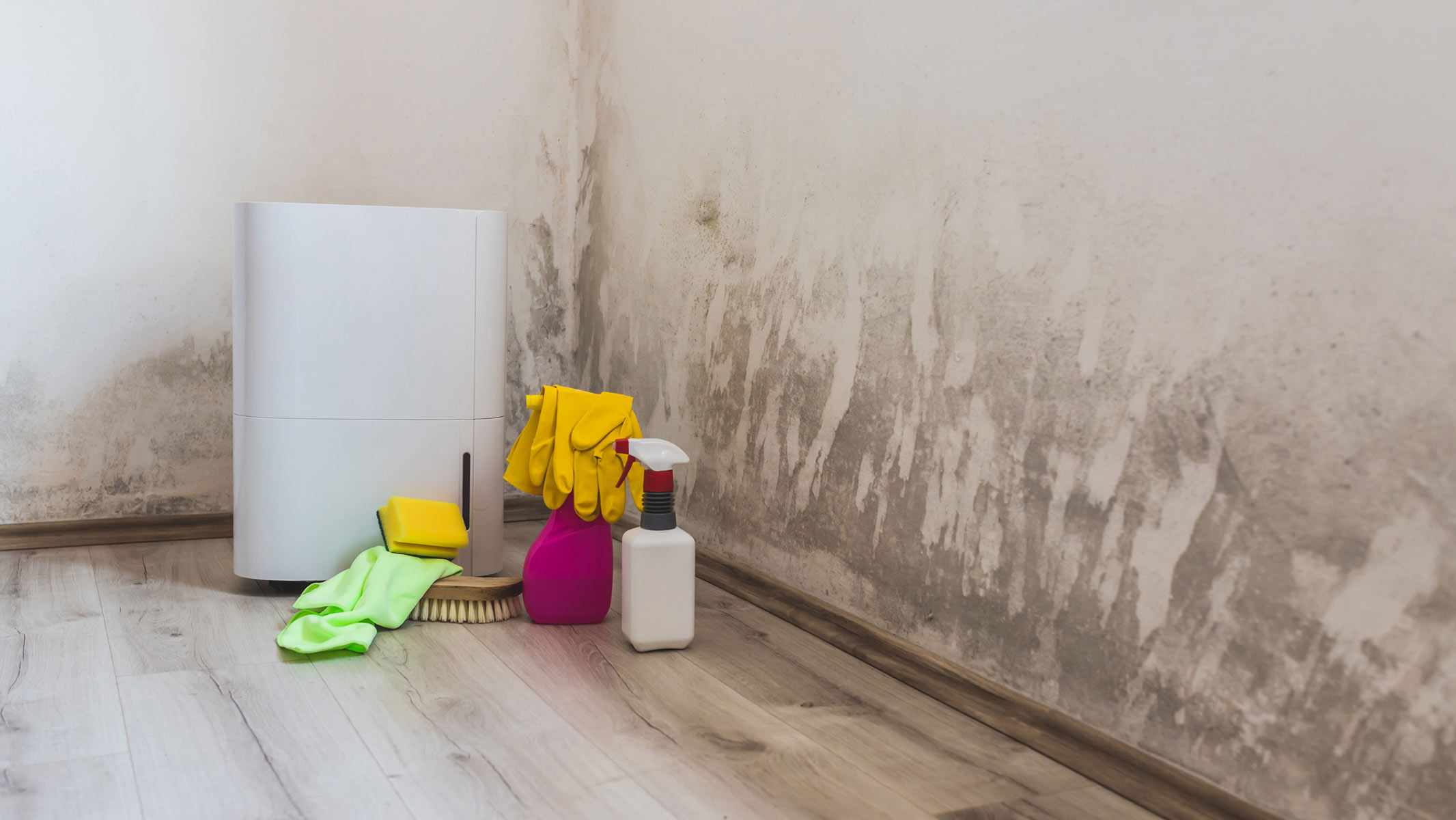Do air purifiers help with mold?
Can air purifiers help reduce the symptoms of mold allergy? We ask an expert.

Mold is a type of fungus that tends to grow on kitchen tiles, bathroom walls and other damp surfaces in our homes. Just like other fungal species, it spreads through spores — tiny 'seeds' that travel by air in search of fertile grounds. Everyone breathes in these mold spores, but in some people they can trigger allergic reactions and exacerbate symptoms of asthma and other respiratory conditions.
So given that these tiny spores are airborne, can air purifiers help with mold and mold allergy?
In short: yes, but only to a certain extent.
"While air purifiers can significantly reduce the concentration of mold spores in indoor environments, they are not a complete solution," Dr. Payel Gupta, an assistant professor at New York's SUNY Downstate Medical Center and a national spokesperson for the American Lung Association, told Live Science by email. "It is essential to control humidity levels and address any sources of moisture or mold growth to achieve optimal results," she said.
Molds can grow on almost any surface as long as they have enough moisture, heat and oxygen. In nature, these fungi feed on dead organic matter, such as fallen leaves and trees, because that is where they find the right conditions to thrive and reproduce. In our homes, they reside on damp walls for precisely the same reason — these surfaces keep them alive and well. Since air purifiers are only designed to catch particles that are suspended in the air, they will not affect the existing mold infestation.
Controlling humidity levels is the key to stopping the spread of mold, Gupta said. "To achieve optimal results, it is essential to maintain humidity levels between 30% and 50%," she said. Air purifiers are not designed to remove excess moisture from the air and this task can be better achieved using one of the best dehumidifiers.
Having said that, air purifiers can still help reduce the symptoms of mold allergy by capturing mold spores, preventing them from circulating in the air and being inhaled, according to Gupta. "Air purifiers equipped with HEPA (High-Efficiency Particulate Air) filters are particularly effective at trapping airborne particles, including mold spores," she said.
Get the world’s most fascinating discoveries delivered straight to your inbox.
- Related: How well do air purifiers work?
HEPA filters are required by the US Department of Energy to stop 99.97% of all particles 0.3 microns in size or larger from passing through them. Typically made from paper and fiberglass, these filters are lab-tested to ensure they meet these stringent standards — and it shows. In one 2018 study, scientists investigated the ability of HEPA air purifiers to remove airborne fungi and found that the number of spores decreased between 1.5 and six times faster when these appliances were running than when the spores were left to fall to the ground naturally.
The good news is that most of the best air purifiers include HEPA filters that are capable of trapping mold spores, and many models have other filters and technological solutions designed to clean the air of these minuscule pollutants. "Some models even use UV light to kill mold spores, although the effectiveness can vary," Gupta noted.
The takeaway? Air purifiers can help with mold, but they may not be the most effective solution to this common household problem.
This article is for informational purposes only and is not meant to offer medical advice.

Lou Mudge is a health writer based in Bath, United Kingdom for Future PLC. She holds an undergraduate degree in creative writing from Bath Spa University, and her work has appeared in Live Science, Tom's Guide, Fit & Well, Coach, T3, and Tech Radar, among others. She regularly writes about health and fitness-related topics such as air quality, gut health, diet and nutrition and the impacts these things have on our lives.
She has worked for the University of Bath on a chemistry research project and produced a short book in collaboration with the department of education at Bath Spa University.


